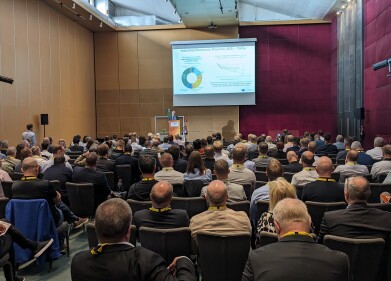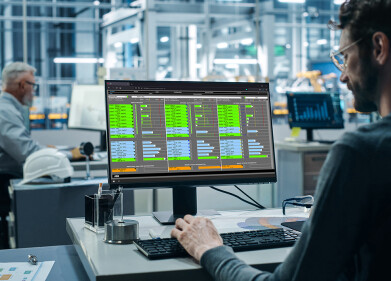-
 Refuse collectors are at risk from air pollution
Refuse collectors are at risk from air pollution
Air monitoring
GMB calls for air pollution protection for workers
Jun 10 2014
The GMB trade union has called for more protective measures to be put in place for waste workers in order to limit their exposure to potentially harmful air pollution. According to a new study measuring the concentrations to nitrogen dioxide across the UK, street cleaners, refuse collectors and parking staff are all at risk in a number of areas from increased exposure.
The union monitored nitrogen dioxide levels at 110 locations across the UK between January and June this year. It was found that the safe limit for the pollutant, which is a national standard, was exceeded at nine locations throughout the UK and a further seven areas in London alone.
Safe nitrogen dioxide levels are set at 40 micrograms per cubic (ug/m3) metre by the European Union. However, the figures that were presented at the GMB congress on June 8th showed that in London, this was exceeded at Westminster (42ug/m3), Haringey (43), Bloomsbury (51), Tower Hamlets (58), Hillingdon (64), Camden (67) and Marylebone Road (82).
Across the rest of the UK, safe nitrogen dioxide levels were exceeded at Cambridge (41), Chepstow A48 (43), Scunthorpe Town, Headingley in Leeds (45), Tyburn in Birmingham (45), Aberdeen Union Street (46), Oxford city centre (49), Bath (56) and Glasgow (70).
In response to these findings, the GMB has called for an increase in council air pollution monitoring, as well as more steps to provide a greater level of protection for refuse collectors and others who work near roads. According to the union, those that work on the street are exposed to air pollution that could cause or exacerbate a number of illnesses, including respiratory and lung diseases.
John McClean, GMB national health, safety and environment officer, said at the conference: “These figures on nitrogen dioxide confirm the urgent need for better air quality monitoring in urban and built up areas. Clean air should be a right, not a privilege.”
He added: “Localised monitoring has shown some areas with extremely high levels of pollutants. So councils should do more monitoring to identify areas and times of day with high levels of pollutants. Doctor’s surgeries should have information on display making vulnerable people aware of these areas."
Mr McClean suggested that councils and contractors should look at installing monitoring equipment on wagons to provide better data. He also said that refuse collection and street cleaning routes should be designed to avoid times that present high air pollution levels in certain areas.
Digital Edition
AET 28.4 Oct/Nov 2024
November 2024
Gas Detection - Go from lagging to leading: why investment in gas detection makes sense Air Monitoring - Swirl and vortex meters will aid green hydrogen production - Beyond the Stack: Emi...
View all digital editions
Events
Jan 14 2025 Abu Dhabi, UAE
Jan 20 2025 San Diego, CA, USA
Carrefour des Gestions Locales de L'eau
Jan 22 2025 Rennes, France
Safety, Health & Wellbeing LIVE
Jan 22 2025 Manchester, UK
Jan 25 2025 San Diego, CA, USA


















